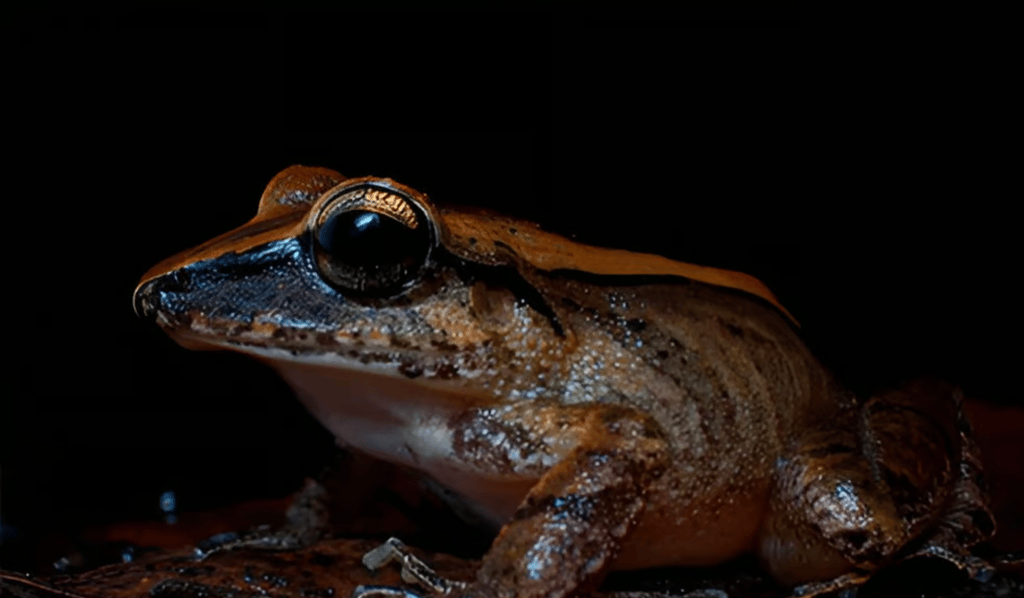
The Brazilian Atlantic Rainforest is filled with the ear-piercing’screams’ of a tiny amphibian in distress, but until today, we humans have been completely unaware of their calls.
For the first time, researchers have captured South American frogs screaming at a frequency that completely bypasses the human ear
For the first time, researchers have captured South American frogs screaming at a frequency that completely bypasses the human ear but is highly unpleasant to creatures equipped with the appropriate receivers.
The leaf litter frog (Haddadus binotatus) is the most common species of frog in the forest. Despite their abundance, they are tiny; the largest members of the species are females, and they only reach 64 millimeters (2.5 inches) in length.
When attacked, they are unable to fight back. So they scream, generating an ultrasonic distress signal in defense.
We’ve known for a long that some frogs use their pipes to indicate distress, warnings, and alarms, and while previous research has suggested that frogs may be capable of releasing ultrasounds, this latest study verifies this.
“Some potential predators of amphibians, such as bats, rodents, and small primates, are able to emit and hear sounds at this frequency, which humans can’t,” says behavioral ecologist Ubiratã Ferreira Souza, from the State University of Campina in Brazil.
“One of our hypotheses is that the distress call is addressed to some of these [animals], but it could also be the case that the broad frequency band is generalist in the sense that it’s supposed to scare as many predators as possible.”
The cry is part of a series of defensive actions in which the leaf litter frog arches its back while raising the front of its body, mouth gaping, as if preparing to give out the blood-curdling scream that is eventually delivered as the frog partially closes its maw.
Humans can only perceive noises at 20 kilohertz or below
And, while humans can only perceive noises at 20 kilohertz or below, the software employed by Souza and his team to capture the froggy battle cry revealed that it spanned from seven to 44 kilohertz.
“In light of the fact that amphibian diversity in Brazil is the highest in the world, with more than 2,000 species described, it wouldn’t be surprising to find that other frogs also emit sounds at these frequencies,” says State University of Campina ecologist Mariana Retuci Pontes.
She claims to have seen similar behavior when handling a different species of frog during a visit to the Upper Ribeira State Tourism Park in January 2023, but she was unable to confirm the presence of an ultrasonic frequency band in the video she captured.
The exact mechanisms by which the calls deter predators are unknown, but the researchers speculate that it could be to scare them away directly or to attract the predator’s natural enemies.
“Could it be the case that the call is meant to attract an owl that will attack a snake that’s about to eat the frog?” Souza suggests.
This study was published in the journal acta ethologica.
